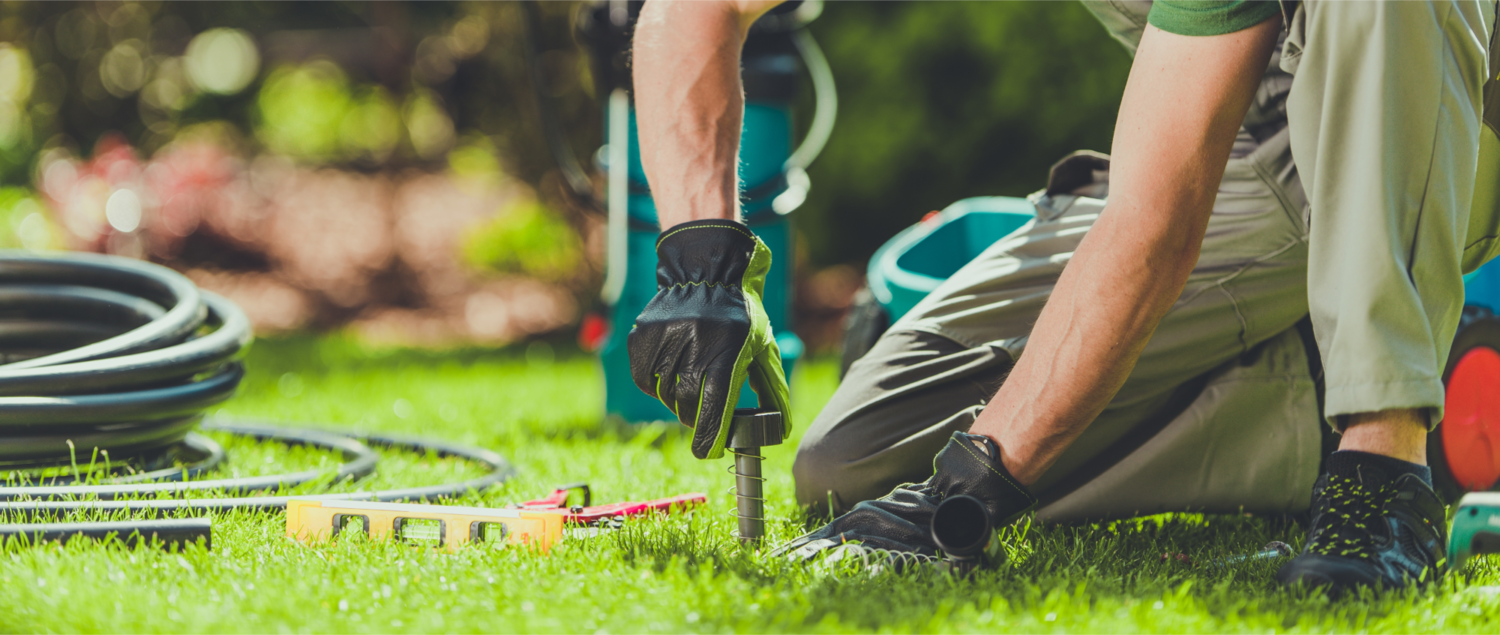
Irrigation System Maintenance Checklist
Proper maintenance of your irrigation system is crucial for ensuring efficient water use and the health of your landscape. Regular checks and timely repairs can prevent costly damages and water wastage. Here’s a comprehensive checklist to help you maintain your irrigation system throughout the year.
1. Inspect for Leaks and Blockages
Regularly inspect all parts of your irrigation system, including pipes, hoses, sprinkler heads, and drip lines. Look for any signs of leaks, blockages, or damage. Addressing these issues promptly can save water and prevent further damage.
- Pipes and Hoses: Check for cracks or leaks.
- Sprinkler Heads: Ensure they are not clogged or broken.
- Drip Lines: Look for blockages and ensure even water distribution.
2. Clean Filters and Leaf Catchers
Filters and leaf catchers play a crucial role in maintaining the efficiency of your irrigation system. Regular cleaning prevents debris buildup, which can cause blockages and reduce water flow.
- Filters: Clean or replace filters regularly. Consider installing Irrigation Disk Filters if you don’t have them.
- Leaf Catchers: Remove leaves and debris to ensure maximum water collection.
3. Check Weather Sensors
Weather sensors help your irrigation system adjust to real-time weather conditions, ensuring efficient water use. Regular maintenance of these sensors is essential.
- Battery: Check and replace the battery if needed.
- Placement: Ensure the sensor is in a location that accurately represents your landscape’s conditions.
- Cleanliness: Remove any debris around the sensor to maintain accuracy.
4. Test Controllers and Timers
Controllers and timers are the brains of your irrigation system. They need regular checks to ensure they are programmed correctly and functioning as intended.
- Programming: Review and adjust settings according to seasonal changes.
- Backup Batteries: Replace backup batteries to prevent data loss.
- Manual Override: Test the manual override function to ensure it works in case of emergencies.
5. Inspect Valves and Solenoids
Valves and solenoids control the flow of water in your irrigation system. Regular inspections can prevent malfunctions and water wastage.
- Manual Operation: Test valves and solenoids manually to ensure they open and close properly.
- Electrical Connections: Check for any loose or corroded connections.
- Cleanliness: Remove any dirt or debris that may affect their operation.
6. Check Water Pressure
Proper water pressure is essential for the efficient operation of your irrigation system. Too high or too low pressure can cause damage or inefficient watering.
- Pressure Regulator: Install a pressure regulator if you don’t have one.
- Pressure Test: Use a pressure gauge to test and adjust water pressure as needed.
7. Monitor Water Coverage
Ensure that your irrigation system provides even coverage across your landscape. Uneven watering can lead to dry spots or overwatering.
- Sprinkler Heads: Adjust the spray patterns and check for proper coverage.
- Drip Lines: Ensure emitters are spaced correctly and providing uniform water distribution.
8. Consider Seasonal Adjustments
Adjust your irrigation schedule based on seasonal weather changes. This can help conserve water and ensure your plants receive the right amount of hydration.
- Spring and Summer: Increase watering frequency as temperatures rise.
- Fall and Winter: Reduce watering frequency and prepare your system for potential freezing conditions.
9. Upgrade Your System
Consider upgrading your irrigation system to improve efficiency and reduce water usage. Modern systems offer advanced features like smart controllers and moisture sensors.
- Smart Controllers: Explore options for smart irrigation controllers that adjust watering schedules based on weather conditions. Check out our Smart Irrigation Controllers.
- Fertigation Systems: Install a fertigation pod like the Ezflow Fertigation System to provide nutrients through your irrigation system.
10. Document Maintenance Activities
Keep a record of all maintenance activities, including inspections, repairs, and upgrades. This can help you track the health of your system and plan future maintenance tasks.
By following this checklist, you can ensure your irrigation system operates efficiently, conserving water and keeping your landscape healthy. For more tips and products to help you maintain your irrigation system, visit The Irrigation Hub.
